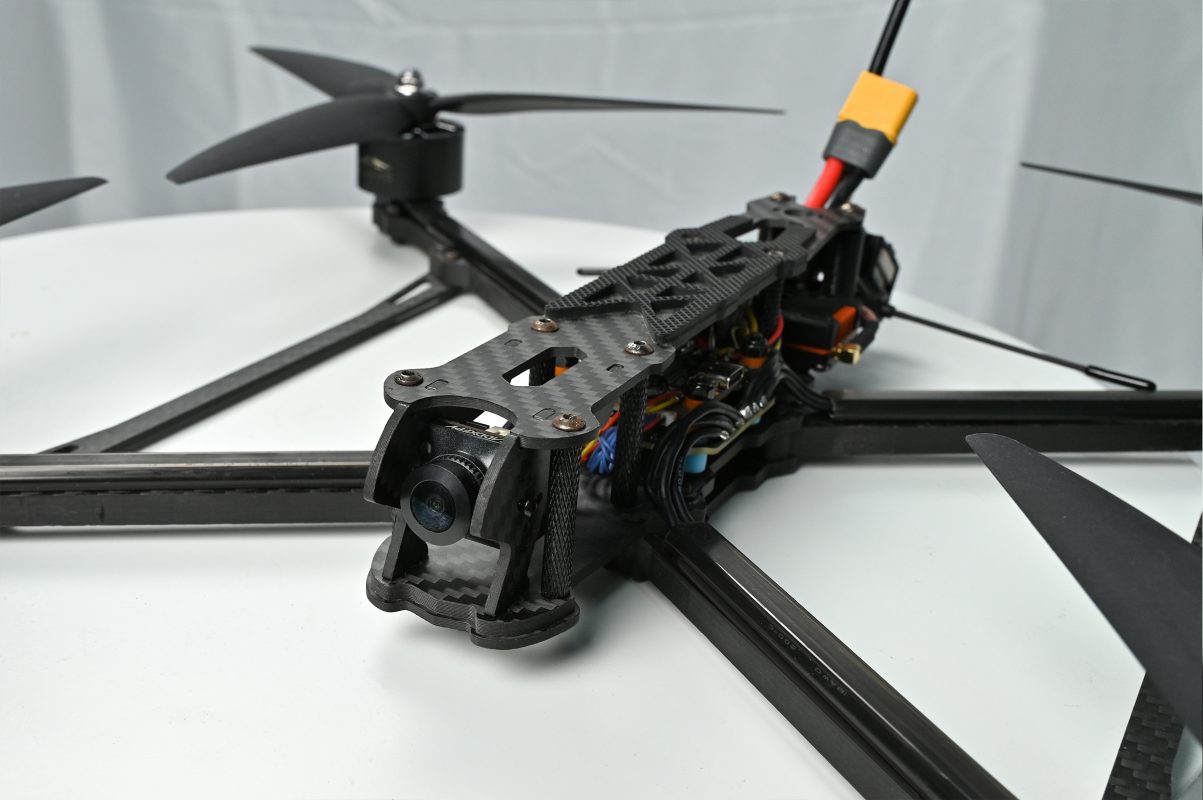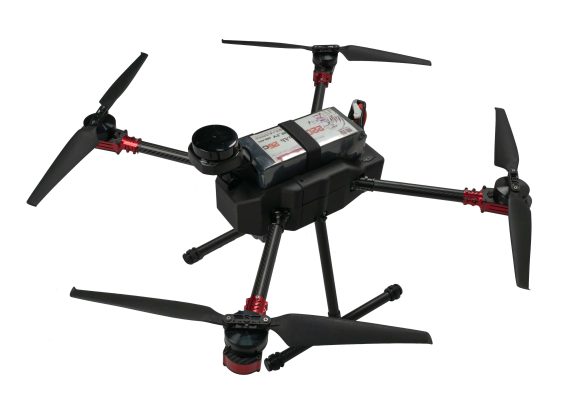Blog
Common Beginner Mistakes in FPV Flying and How to Avoid Them
1. Common Mistakes Made by FPV Beginners
Flying an FPV drone looks exciting and liberating, but for beginners, the learning curve can be steep. Many new pilots make avoidable mistakes simply due to inexperience and lack of preparation.
The most common beginner mistakes include:
-
Failing to calibrate the compass or accelerometer, resulting in unstable flight;
-
Not checking battery level before flight, leading to unexpected power loss;
-
Forgetting to tighten propellers before takeoff, causing mid-air failures;
-
Pushing the throttle too quickly during liftoff and losing control;
-
Misconfiguring failsafe settings or forgetting to set them at all;
-
Ignoring wind conditions, especially in open fields or urban wind corridors;
-
Relying too much on GPS and stabilized modes without manual flight training;
-
Flying too far beyond line of sight, resulting in video or signal loss;
-
Misjudging terrain height and crashing into trees or buildings;
-
Not setting proper home point or return-to-home altitude, causing crashes during return.
2. How to Effectively Avoid These Mistakes
The best way to avoid common mistakes is to prepare thoroughly and learn from each experience. Here are some effective strategies:
-
Create a Pre-Flight Checklist
A reliable pre-flight checklist should include checks for battery level, ESCs, flight controller status, propellers, receiver signal, voltage monitor, and failsafe settings. -
Practice with Simulators
FPV simulators are the safest and most cost-effective way for beginners to train. Spend time practicing takeoffs, turning, braking, and gaps in the simulator to build reaction skills. -
Progress Gradually
Don’t rush into difficult environments or long-range flights. Start in an open field and practice basic controls. After gaining confidence, move to tighter spaces or racing challenges. -
Understand Your Settings and Gear
Learn how to adjust PID values, configure failsafe, tune video transmission channels, and monitor current and voltage thresholds. It greatly improves both safety and reliability. -
Master Different Flight Modes
Each flight mode — Angle, Horizon, and Acro — has its use. Start with stabilized modes, then transition to Acro for full manual control once you’re comfortable.
3. Stay Calm and Fly Smart
Often, mistakes happen not due to poor skills, but because the pilot panics or overreacts. Staying calm is critical, especially during emergencies or unexpected issues:
-
If video feed freezes, avoid panicking — try to hover or return slowly.
-
If the drone behaves erratically, release the sticks and let stabilization take over.
-
If you lose your drone, check signal strength, use the beeper, or view the last GPS location if available.
A calm pilot can make rational decisions under pressure, minimizing risks. Practice, composure, and patience are the foundation of advanced FPV flight.
Conclusion
To become a skilled FPV pilot, you need more than good gear — you need practice, insight, and the right mindset. Avoiding beginner mistakes is the first step toward mastery. Fly smart, keep learning, and one day, you’ll own the sky.




